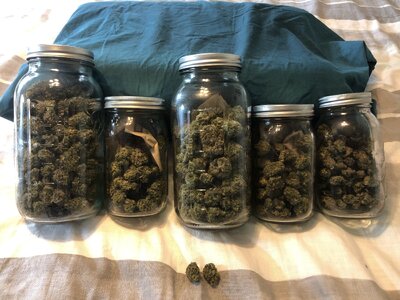TomH
POTM Winner 🏆
- Joined
- May 21, 2023
- Messages
- 1,524
- Reaction score
- 7,945
Follow along with the video below to see how to install our site as a web app on your home screen.

Note: This feature currently requires accessing the site using the built-in Safari browser.
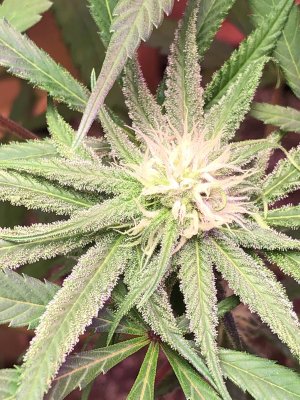
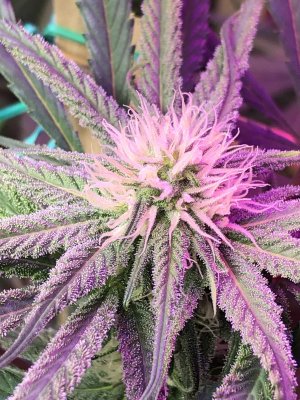
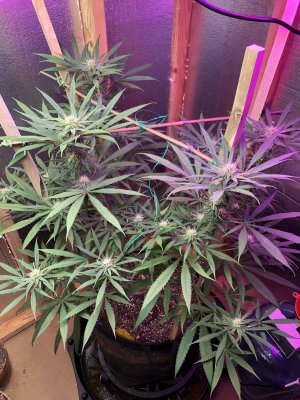
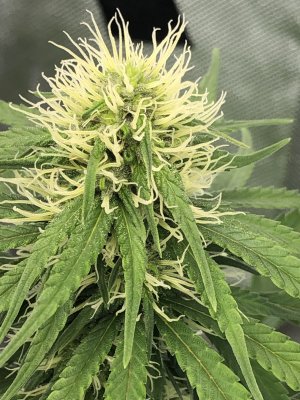
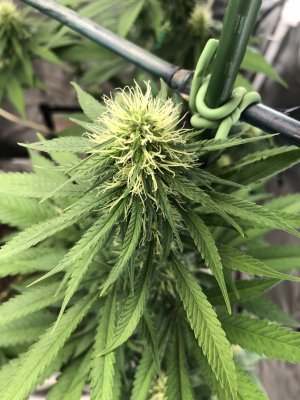
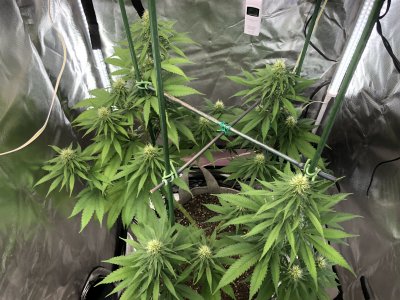
I had a zkittlez auto that waited til the last like 4 weeks to pump out trichs.The plants are growing well but my blue dream doesn’t seem to want to produce trichomes?????
WTH?
They both completed week four yesterday.
The sativa has tons of trichomes, the blue dream buds look bigger and fuller but I can only see trichomes with a magnified picture.
Is blue dream a slow development strain or might this plant be lazy?View attachment 44271View attachment 44272View attachment 44273View attachment 44274View attachment 44275View attachment 44276
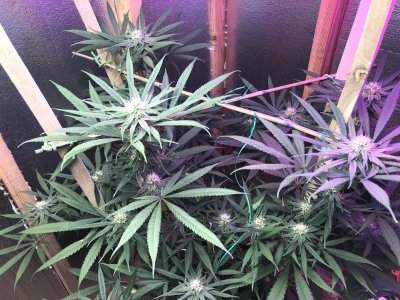
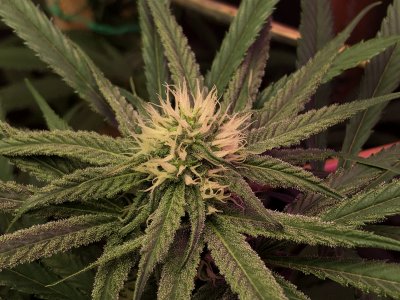
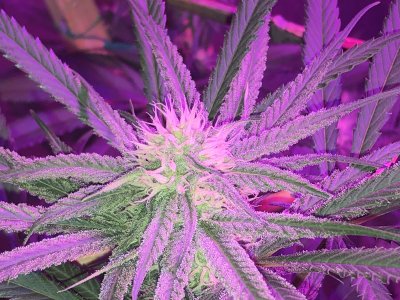

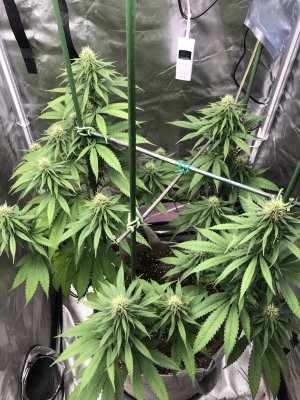
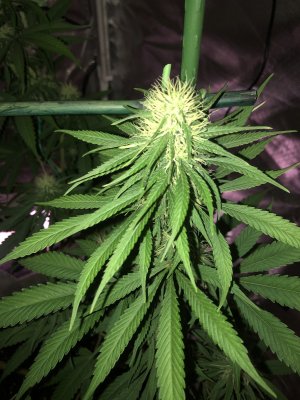
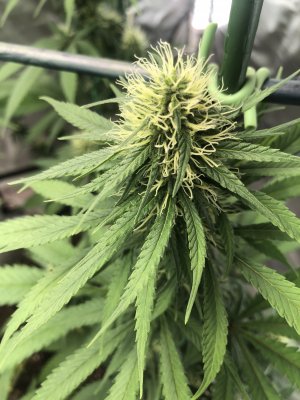
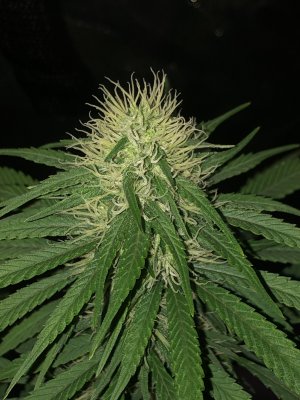
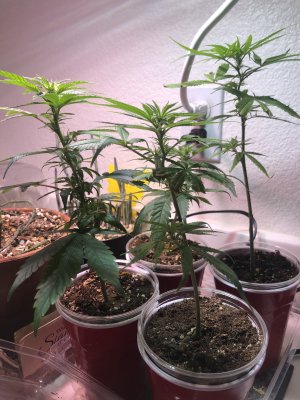
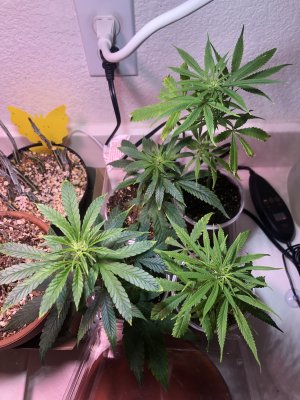
How does that work? Do you work the frass into the soil or do you dust the bottom of the transplant hole like mycorrhizae?I have read that insect frass encourages resin gland growth along with improving plants general resistance to many issues.
Makes the plant think bugs are irritating it causing the plant to step up its game.
How does that work? Do you work the frass into the soil or do you dust the bottom of the transplant hole like mycorrhizae?
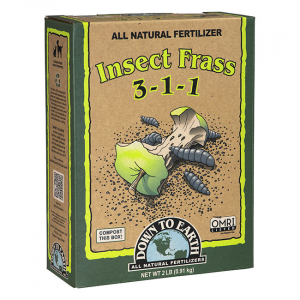
General Application Rates
There are plenty of ways you can apply insect frass to your garden. Furthermore, the method you use depends on the use you want to put your garden compost towards.
Before applying insect frass to your garden, it’s usually best to pre-mix it into soil or compost. However, if your plants are already growing you can mix some insect frass in water and let it steep for several hours. Then, use it to drench the roots of your plants.
- For fertilizing raised beds: Plan to add a pound of insect frass to 20 square feet of garden space. Then, gently dig the top half foot of soil up, watering it thoroughly before mixing in the frass. For continued benefits, you can top dress the bed with more frass every few weeks throughout the growing season.
- For making a mix for potted plants: Plan on adding one cup of insect frass per cubic foot of potting soil. Then, add a sprinkling on top of the soil every few weeks for added benefits.
- For an insect frass tea extract: Add a ½ cup of insect frass into a gallon of dechlorinated water and use it to drench the roots of your plants within two hours of mixing it. If you have extra you can store it in the fridge for up to a week. This is due to storing it at room temperature causing it to go bad quickly.
Additional Tips for Using Insect Frass
To clear up any confusion you might have about the best ways to use insect frass, here are some additional tips and tricks for getting the maximum benefit out of this fertilizer.
- Frass is not a pesticide or a fungicide. Although, it works to prevent both predator insects and pests from harming your plants. For this reason, you don’t have to worry about frass killing beneficial insects or nematodes.
- Some insect frass will be sold as a mix between frass and insect exoskeletons (they are the little gold and black shiny flakes). There’s no reason to be concerned about this, as they are also beneficial for your plants.
- Insect frass can be used in hydroponics systems so long as you drain out the frass pieces before running the frass tea through the water pipes. Otherwise, the indissoluble pieces of frass might get stuck in your pipes and bring down the system.
- If you simply want the benefits of chitin for your plants and are less interested in the fertilizing aspect of frass, you can use less frass in your mixtures. A tablespoon per gallon of water should be perfect.
I keep meaning to try this stuff out.
I'll try to remember it tomorrow when I am out.
View attachment 44936
The Importance of Chitin
Closely related to cellulose, chitin is a naturally occurring molecule that is found in the shells of crustaceans like lobsters and crabs, as well as the exoskeletons of insects. In many cases, it is also found in algae and yeast. Chitin’s benefit to plants is that it causes them to be fortified from their cell walls out.
When used in fertilizer, chitin triggers the immune systems of plants. Thus, causing them to rev up and defend themselves against predators like root-feeding nematodes and disease pathogens in the soil. The presence of chitin triggers plants to think that insects are eating them. Thus, causing them to build up their cell walls and release natural insect toxins as a defense.
Though chitin doesn’t act as a pesticide, its presence prepares plants to better withstand a pest-filled onslaught, should one come.
Taken from ; https://growingorganic.com/soil-guide/insect-frass/#:~:text=Just like bat guano or, insect frass is,entirely from plants that herbivore insects chew up.
